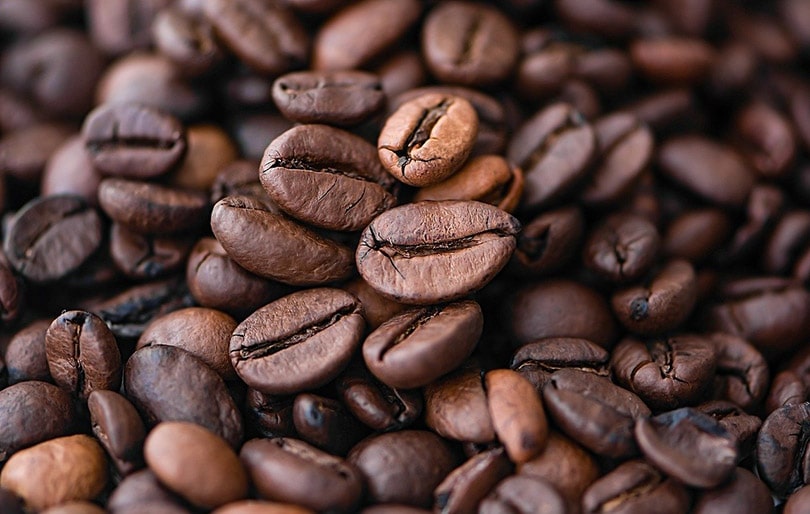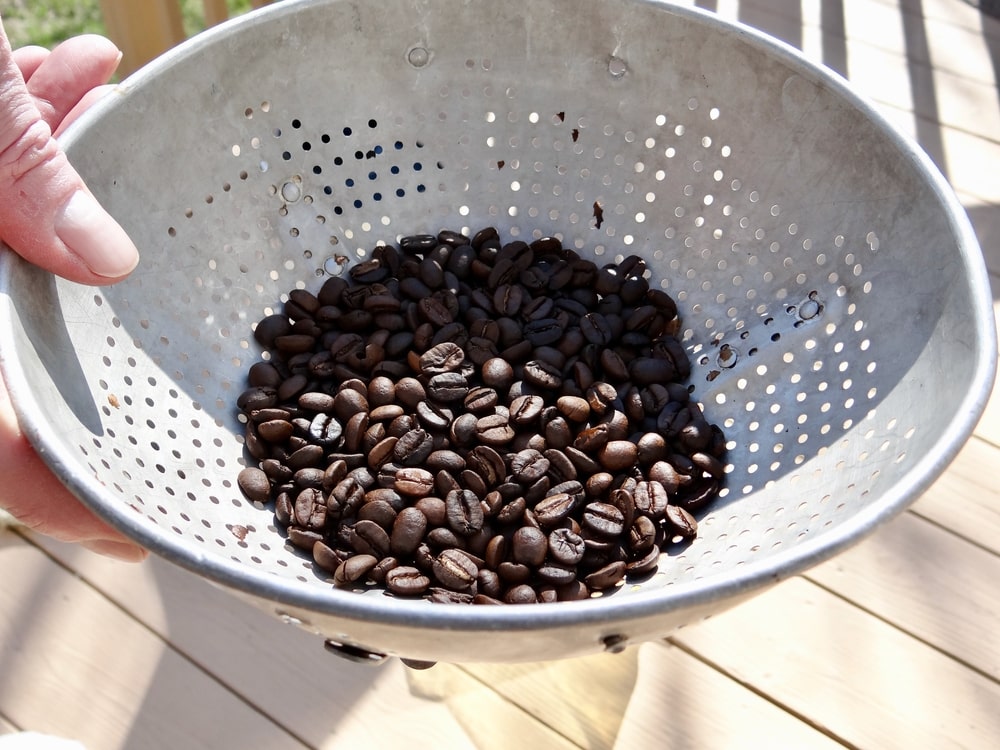
In the world of coffee, there are lots of terms used we novices are not well versed in. Most of us like to enjoy a cup of coffee and bask in the flavors and aromas but don’t take the time to learn more about the processes our favorite beans go through. Then again, there are real coffee enthusiasts in the world who want to understand the process and in some cases, try a few things in their kitchen.
For those people, and those who choose to brew with the freshest roasts possible, the term coffee degassing is quite important. Simply put, degassing coffee is when you release the gasses from roasted coffee that have built up inside the bean. While the explanation may be simple, the process isn’t. If not done properly, coffee degassing can severely affect the taste and quality of your coffee.
Let’s learn more about the process and how when done properly, coffee degassing helps provide you with a great cup of joe when the urge strikes.

The Gasses in Your Coffee
Yes, each coffee bean contains gasses inside it, especially carbon dioxide. After roasting, these gasses are naturally released. Unfortunately, however, the beans need time for this process to take place. Normally, it happens over the first few days after the beans are roasted. This is why most roasters feel it’s best to wait a few days after the roasting process is finished before you enjoy the coffee. If not, you may notice a few differences in the flavor and aroma of your coffee beans. The same can be said if coffee is allowed to degass too long. This can often result in stale and flavorless coffee.

How Long Does Coffee Degassing Take?
Like with so many things, the length of time needed to properly degass your coffee depends on the beans themselves. That doesn’t mean that roasters don’t have a guideline they use for when their coffees taste the best. In most situations, coffee is favorable, freshest, and more aromatic anywhere from 3 days to 3 weeks after roasting. This estimated time frame can be affected by things such as the brewing method, roast profile, and processing choices. Considering every coffee bean is different and each grower uses a different method it is difficult to determine the amount of gas found inside each bean and how long the degassing process could take.
Keeping Coffee Fresh
When roasting your own beans at home or storing freshly bought beans you may wonder how you can properly degass your coffee without losing the great taste and freshness you expect. Luckily, many suppliers use degassing valves to help you, considering most package their coffees within a few hours or days of the final roast. These valves help the coffee release the gasses it needs to release while it’s being transported or waiting to be sold.
At home, the best way to keep up with whether your coffee is properly degassed is to have a system in place where you know how long your coffee has been roasted. If you buy freshly roasted beans, keep up with the roasted date. If you roast your own beans, the coffee should be given a rest time of 3 to 4 days. Once that time has passed, your coffee needs to be properly stored.
You’ve most likely heard that airtight containers are the best way to keep your beans tasting great but that isn’t the case when you’re roasting at home. The gasses need to escape throughout the first few weeks. Use a container that allows this but still protects your coffee from moisture, sunlight, and pests.

Final Thoughts
As you can see, degassing coffee is an important step in making a great cup of joe. Whether you buy freshly roasted beans or prefer using green beans and doing it yourself, understanding the need for your coffee to release its natural gasses is the ideal way of brewing the perfect cup. Keep up with when your beans are roasted and how long they sit before you begin brewing. This will help you enjoy your coffee’s flavors and aromas at their peak.
Featured Image Credit: Mockup Clou, Shutterstock













